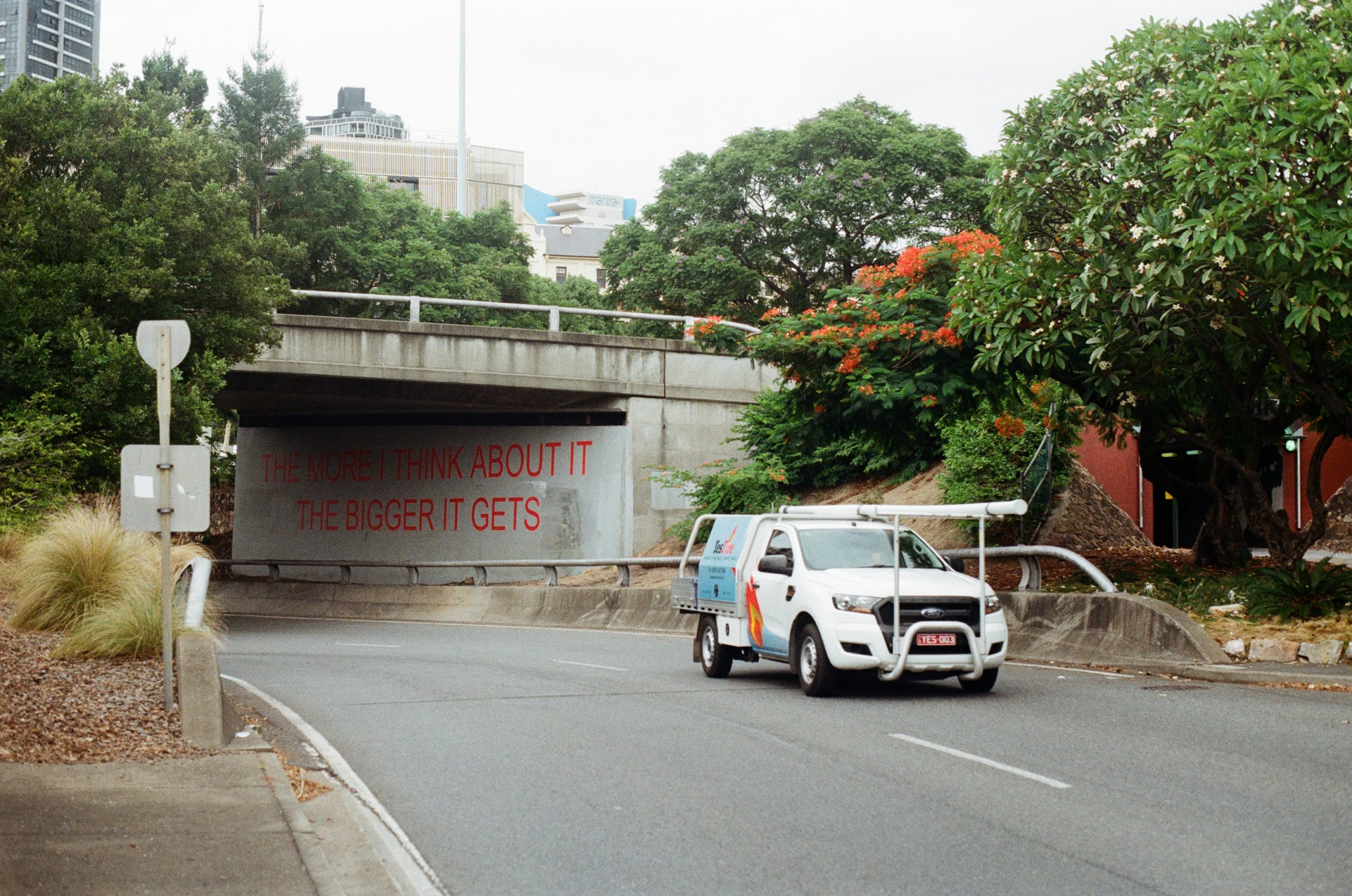Words: Cameron Rhodes he/him
Technology has become so ingrained in our regular lives that when we use it we often do so without a second thought. It is impossible to imagine the full extent of every button you press or link you click on, and it becomes ominous to try and do so. Media portraying an anger towards technology due to a lack of understanding has become less popular, but there are still many examples of a protagonist trying to rebel against such a fear of the unknown.
In dystopian novels such as The Hunger Games by Suzanne Collins and The Maze Runner by James Dashner, the protagonist is helpless at the hands of those with superior technology, often being controlled and directly threatened by it. These novels tackle such issues in similar ways, with both protagonists being confined to arena-like environments where they are subject to the whims of the masters of technology. Often the only way to rebel against this technology is through a group effort. In The Maze Runner, the fear of the unknown must be conquered and everything beyond the walls must be explored to create any sort of chance of survival. In Catching Fire, people who have knowledge of technology can also exploit those in power with technology, as characters Beetee and Wiress do. In Catching Fire, Beetee and Wiress use their genius to counteract the effects of the arena, and it is largely through their efforts that they escape the arena by electrocuting it. This depicts the theme of defiance against power structures, as even those who have superior technology cannot be beaten if those with inferior technology can use their minds more efficiently. These characters are unable to be controlled by technology, and this plays in nicely to the idea of rebellion shown through the trilogy of books. One can be threatened by modernism, but there are aspects of technology that still require human control, and this is where we can rage against and triumph against this control.
Strangely, I find that media that tackles modern technology in a more complex way often originates earlier. This could stem from the fact that with technology being more unknown, the creator has more freedom to experiment. The 1995 anime film Ghost in the Shell, directed by Mamoru Oshii, explores the dangers of technology in a unique way. Major Kusanagi is a cyborg who investigates a string of hackings committed by an unknown entity known as the Puppet Master. Many questions are raised in Ghost in the Shell concerning one’s self, and what actually makes up a human – is it their soul, their body, or even their brain? Rage is personified through Kusanagi, where she mentally and physically tears herself apart in order to understand the Puppet Master’s intentions during the climax of the film. This film proposes an interesting dynamic; as the nature of technology gradually changes throughout the film, it can be seen as a malevolent force or something that one must actually bond with to understand.
The 1950 science-fiction novel, I, Robot by Isaac Asimov is a great example of a fear of technology represented in 20th century literature, with the clashing of robots and humanity similar to recent examples of anger towards controversial technological issues. In particular, the fifth short story in the collection, Liar, is an example of fear of sentience of technology, in which there is a robot who can read minds, but lies when confronted with the idea of hurting a human’s feelings in response to the first law of robotics: ‘One, a robot may not injure a human being, or, through inaction, allow a human being to come to harm’. The ability to read minds is not an aspect of real life, but when targeted ads pop up on Instagram or on random websites because of an allowance of user data, it feels like there has been a slight breach into one’s mind. I know I’ve had instances where I’ve been talking about something with someone and the product suddenly appears on my phone.
In reality, issues raised with technology are complicated. Platforms like Facebook can sell personal data to companies, such as the incident in 2018 where it was revealed that Facebook had allowed the firm of Cambridge Analytica to access millions of users’ private data. This breach came across as almost dystopian in its details, as the data was gathered to influence and predict election results. There is a constant threat of data breaching from bigger corporations that can be worrying, in these instances the anger at technology is very much warranted. Technology can breed and fester anger in the form of online abuse on social media sites, and a lot of the positives of the internet often have a sinister side to them.
Overall, an anger against technology is usually fair, but it is often not the fault of the interface itself, rather the cause of the corporations behind it who can use data maliciously. Targeted ads are borne of good intentions, but they can feel spooky when they pop up whilst scrolling casually. It is better to cautiously embrace the potential of technology, rather than completely submitting oneself to it. Media definitely exaggerates the damage technology can cause, but there are small fragments of reality to be found amongst the paranoia.
Cadwalladr, C., & Graham-Harrison, E. (2018, March 17). Revealed: 50 million facebook profiles harvested for Cambridge Analytica in major data breach. The Guardian.

